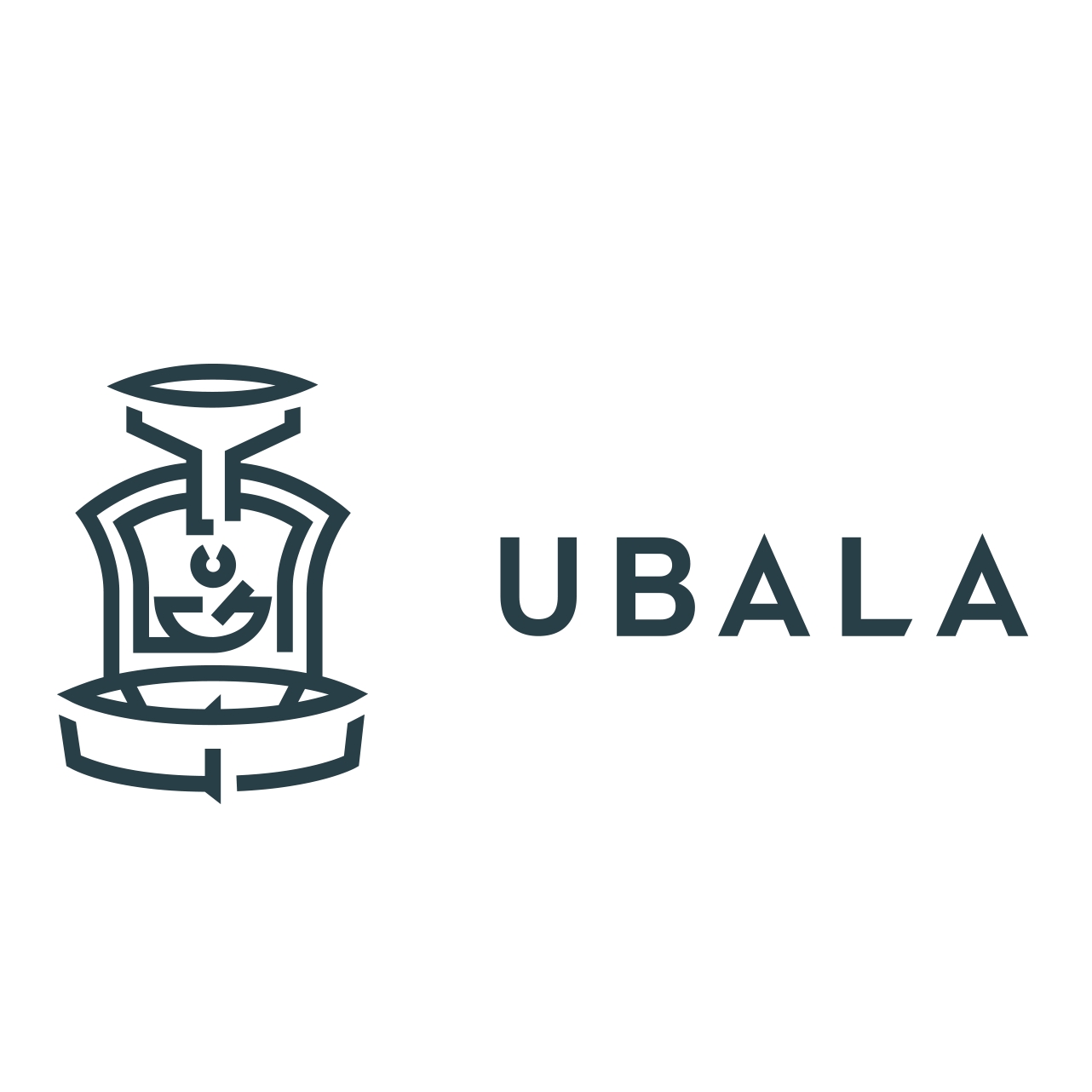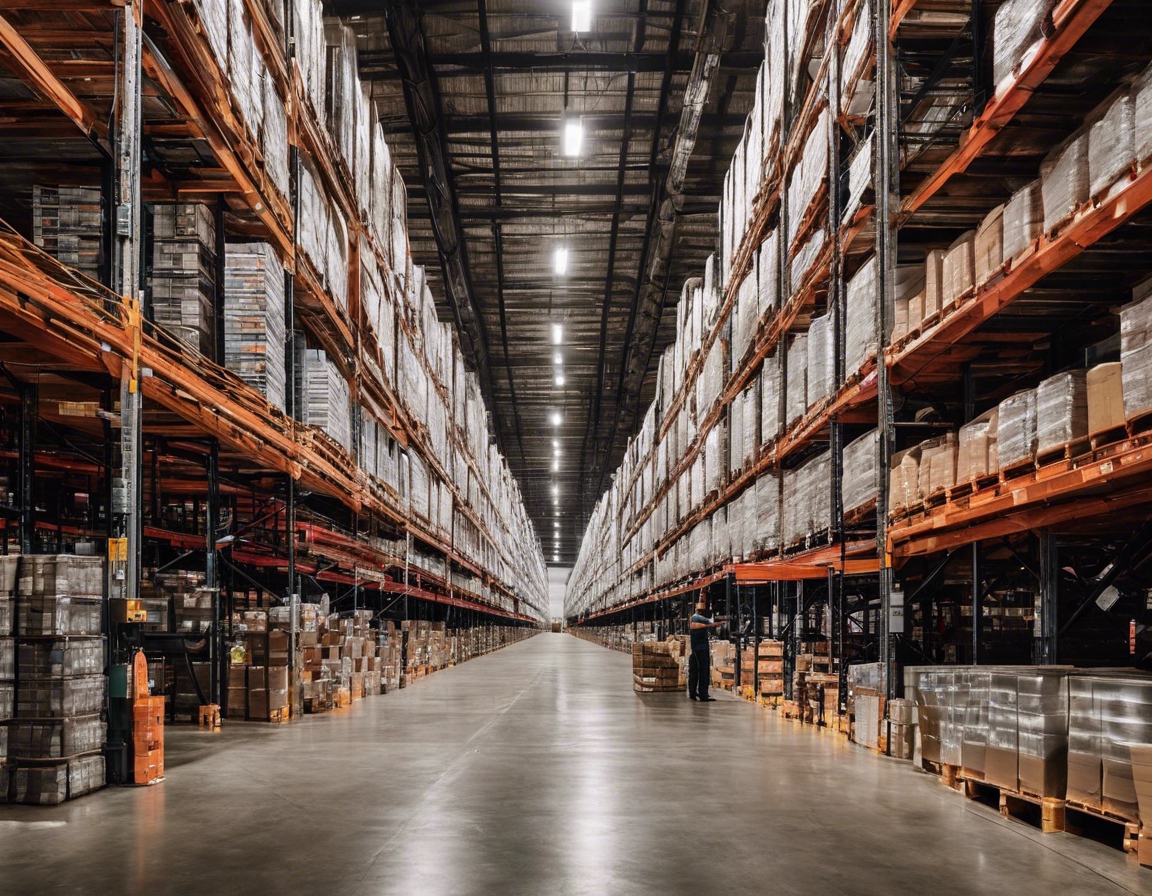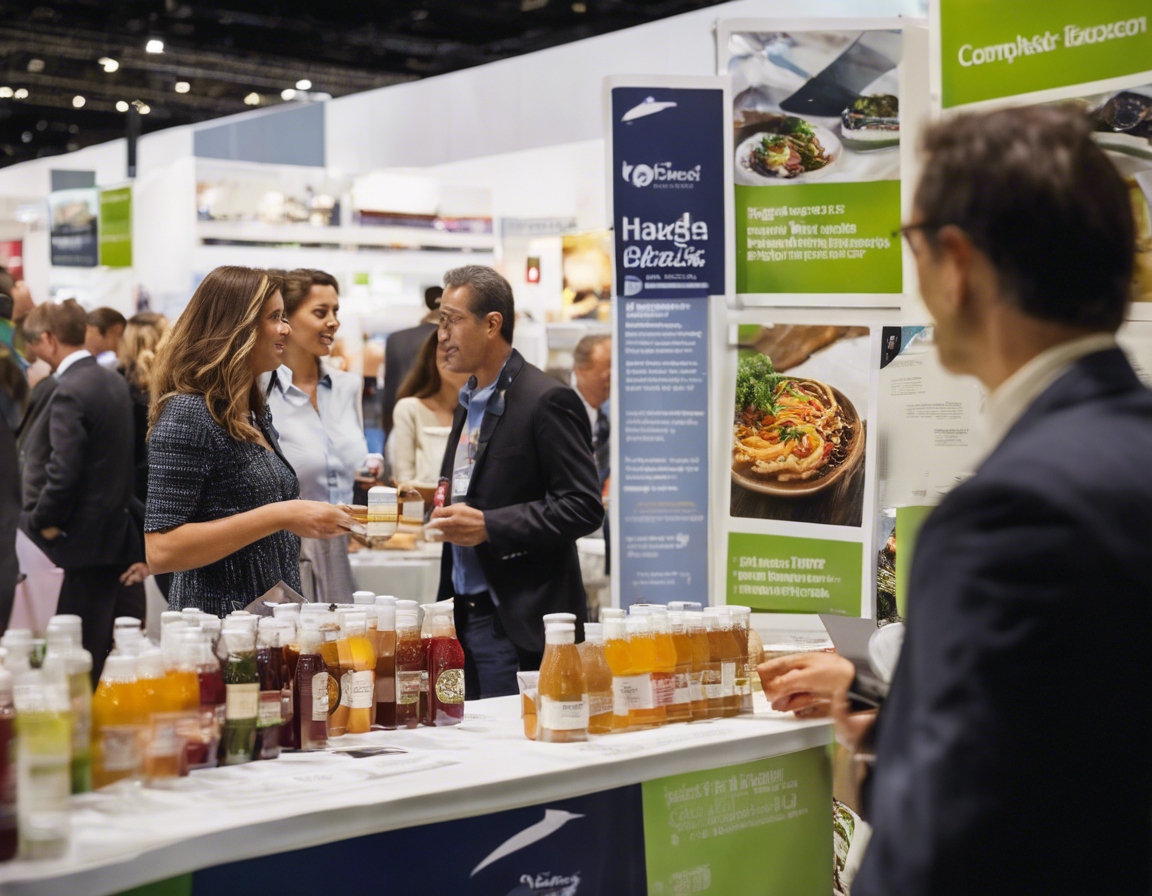The art of coffee tasting: developing your palate
Coffee tasting, often referred to as 'cupping', is the practice of observing the tastes and aromas of brewed coffee. It's a professional practice for roasters and growers, but also an enjoyable activity for enthusiasts looking to deepen their appreciation for this complex beverage.
Developing your palate allows you to discern and appreciate the subtle differences between coffee origins, processing methods, and roasts. It enhances your enjoyment and enables you to choose coffees that truly resonate with your taste preferences.
The Fundamentals of Coffee Tasting
Each coffee has a unique profile, including its origin, variety, and roast level, which contribute to its overall flavor. Learning about these can help you predict and understand the flavors you experience during tasting.
The Coffee Tasting Wheel is a tool used by professionals and enthusiasts to articulate and categorize the flavors and aromas found in coffee. It's a guide to developing a more nuanced palate.
Preparing for a Coffee Tasting
A proper tasting environment should be free of strong odors and distractions, allowing your senses to focus solely on the coffee.
Selecting a variety of coffees with different profiles is essential for a comparative tasting that can expand your palate.
The Coffee Tasting Process
Before tasting, inhale the aroma of the coffee. Aromas can range from floral and fruity to nutty and spicy, and they are integral to the overall flavor profile.
Slurping coffee vigorously allows it to spread across your palate, helping you to detect nuanced flavors more effectively.
As you taste, try to identify specific flavors using the Coffee Tasting Wheel as a reference. This practice sharpens your ability to recognize distinct notes in different coffees.
The body of a coffee refers to its weight and texture on the palate, while mouthfeel relates to the tactile sensations experienced when drinking.
The aftertaste, or finish, is the taste left in your mouth after swallowing. It can be a key indicator of the coffee's quality and complexity.
Developing Your Palate
Try a wide range of coffees from different regions and roasters to challenge and refine your palate.
Documenting your tasting experiences in a journal can help you track your progress and remember your preferences.
Engaging with other coffee enthusiasts can provide insights and enhance your tasting skills through shared experiences.
Advanced Coffee Tasting Techniques
Vertical tasting involves sampling different vintages of the same coffee type, while horizontal tasting compares coffees from the same vintage but different origins.
Participating in structured cupping sessions can provide a systematic approach to tasting and is a great way to learn from professionals.






Comments (0)